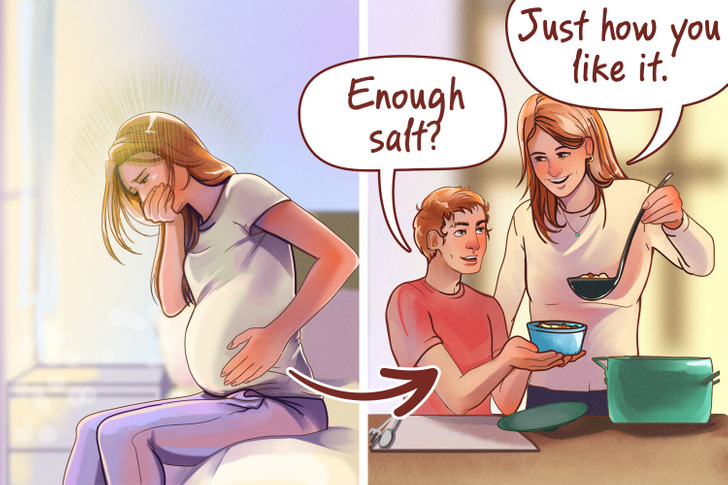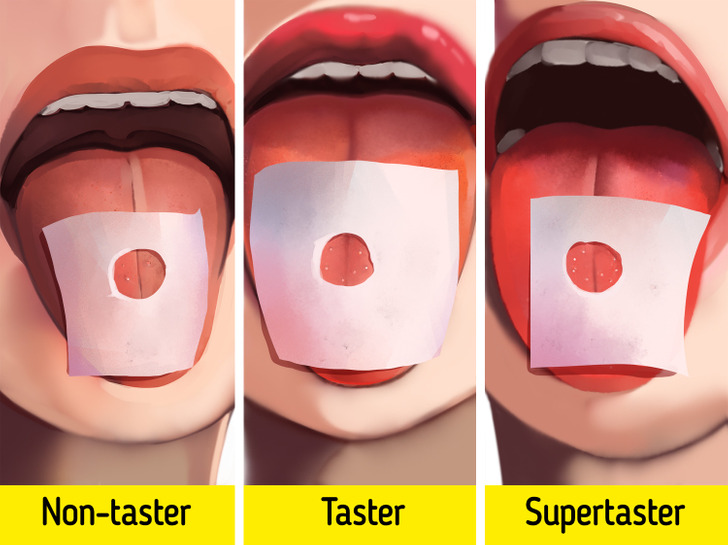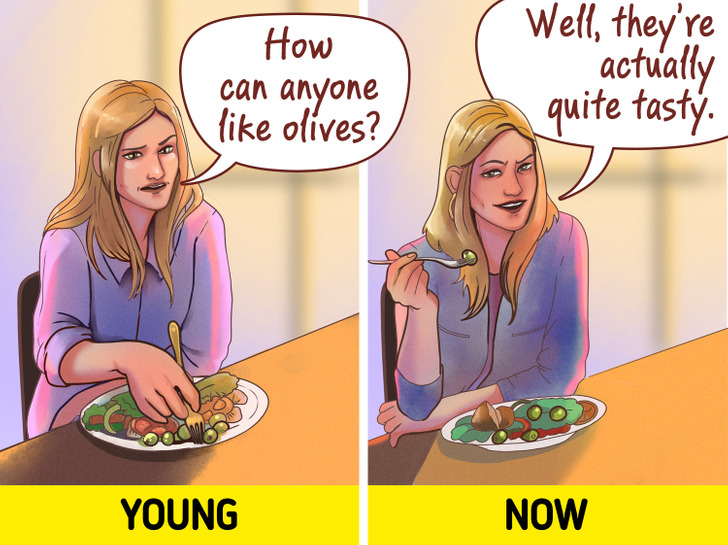Why Different People Have Different Tastes in Food
5-Minute Crafts didn’t only find out why different people like different foods, but we also made a guide on how to determine what type of taste preference you have.
What influences differences in tastes

- Genes: All people have different genes, so food preferences may vary. Genes contribute to the individual perception of each of the 5 primary taste qualities: bitter, sweet, umami, salty, and sour.
- Past experience: Your attitude toward different tastes also depends on how familiar you are with foods. So, if you ate meat jelly in childhood, you will not be shocked when you see it as an adult.
There’s a curious observation scientists made. In a study, they found that one factor that contributes to salt preference is whether or not a person’s mother experienced severe to moderate morning sickness.
What type of taster you are

Most people can be placed into 1 of 3 categories: non-tasters, tasters, and supertasters. The ratio is roughly 25%, 50%, and 25%. There’s a small percentage of people (less than 1%) that are super-supertasters. Let’s take a look at what defines them:
- Non-tasters
They drink black coffee without sugar or milk. They like spicier foods compared to other types of people. - Tasters
Around 50% of people are tasters. They have an average ability to taste food. - Supertasters
They can feel the extreme bitterness of grapefruit juice and coffee. They often add lots of sugar and milk and tend to avoid spicy foods. - Super-supertasters
They taste food even more intensely than the previous types.
💡 How to determine your type:
- Drink some grape juice and keep it in your mouth for the tongue to change color.
- Take a small sheet of paper and make 3 holes in it, about 6 or so millimeters in diameter. Note: the picture above shows just one hole to make it easier to understand.
- Put the paper on the tongue.
- Now simply count the number of papillae you see in the punched hole. If you see less than 4, you are a nontaster, 4-8 means you’re a taster, and more than 8 means you’re a supertaster or super-supertaster.
How taste preferences can change

At an early age, like before 3 years old, it’s easier to get used to a new taste. The older a person becomes, the more attempts they need to make to like some foods. But it doesn’t mean that we can’t love new foods as we get older.
Repeated exposure to new tastes may be successful and make something you hated before less disgusting. This is the right way to put it because no matter what you do, it’s unlikely that you will start to enjoy something you hated before. For instance, studies show that people who stick to a lower-sodium diet over time eventually prefer lower levels of saltiness in their food.
❗️It may be hard to overcome the memories of disgust for certain foods. For example, if you had food poisoning once, you might feel nauseated even thinking about the food that caused the problem.
Also, remember that taste preferences may change as we get older because our senses of taste and smell become weaker.